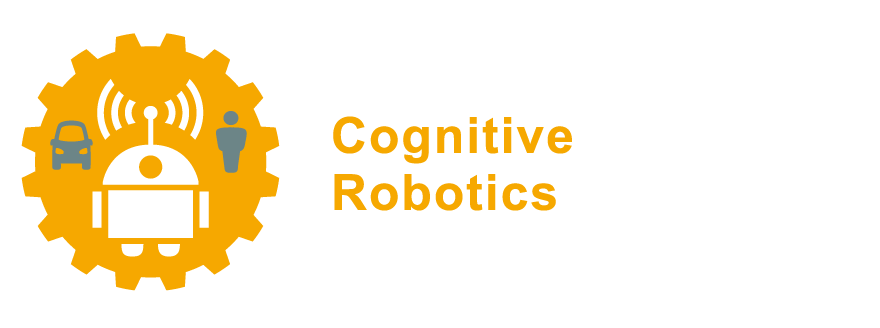2.5. About this manual#
In this manual we will cover the basics of Robot Operating System (ROS) and give you the tools you need to build, debug, and understand robotic applications. This manual is laid out from the most general concepts, necessary for decision makers to make sound decisions, to specific API references needed by engineers to develop new robotic applications. Somewhere in between high-level concepts, and low-level API commands lives the knowledge necessary for those maintaining and supporting multi-robot deployments in the field.
A good analogy to learning about ROS is the process of learning about motor vehicles. At the practical, day-to-day level, most people will learn how to start a vehicle and safely use it on a motorway. For these individuals, learning about the high-level concepts behind ROS, along with application-specific commands, is probably sufficient. Those who enjoy driving often choose to learn how to repair and maintain their vehicle. If this is your interest level, we recommend learning the basics of the ROS command line interface. This will allow you to “check the oil” of your robotic systems and make sure everything is functioning correctly. Finally, if you are the type that would like to swap out the engine of your vehicle with something more powerful, or potentially build a wholly new vehicle from scratch, then the ROS API is the set of tools that will make this possible. Generally speaking, automotive engineers don’t appear into the world fully formed, and the same is true for roboticists. It is advisable to work through each phase of understanding as you develop your skills with ROS.
Following from our analogy above, the process of learning how to use robotic systems built on ROS can be divided into several parts:
Meta-discussion of the tools and resources available to help you in the learning process.
A high-level discussion of the design patterns used in ROS. These patterns are roughly analogous to the subsystems you would find in a vehicle (engine, brakes, safety, climate control, etc.).
A treatment of the command line interface (CLI) for ROS. The CLI is a set of programs for starting, inspecting, controlling, and monitoring a ROS robot. You can think of this topic as teaching you how to check a robot’s oil, and read the instrument panel.
An introduction to the ROS application programming interface. This section will show you how to create your own applications and modify existing software for your specific application.
Subsequent manuals then build upon this knowledge and discuss the subtleties of specific applications.
While this manual aims to cover the basics, it should be made clear that ROS, like almost all software, is a moving target. Technology moves quickly, and while print media is helpful at delivering high-fidelity instruction, that instruction can become rapidly outdated. For this reason, we start this manual with a meta-discussion of ROS resources that can be used to help you in your learning process.
